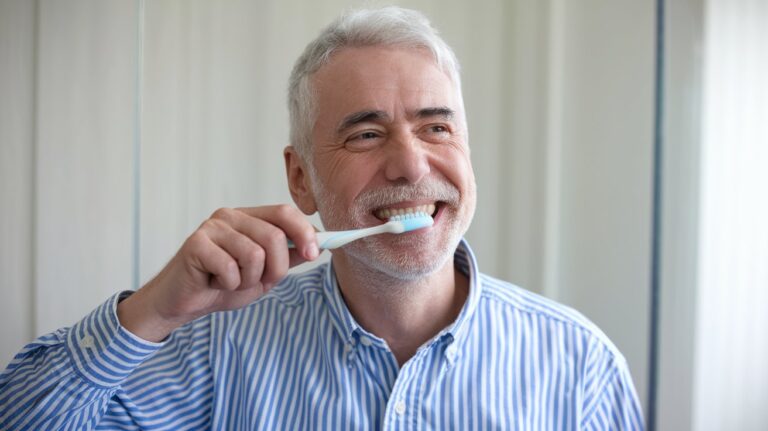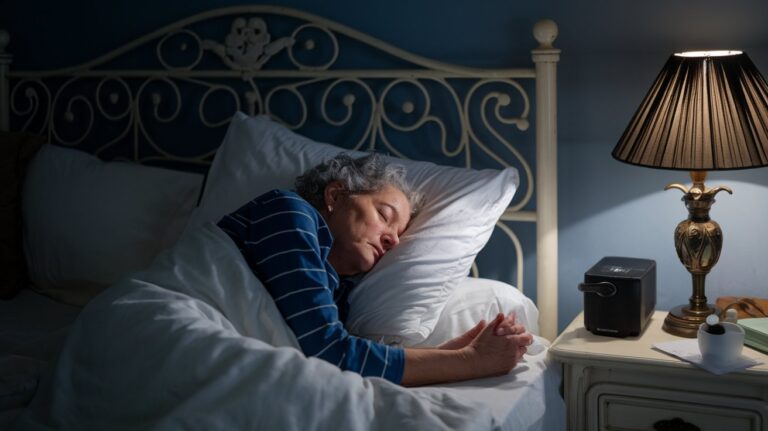How To Handle Night Blindness
Night blindness, also known as nyctalopia, is a vision condition that impairs an individual’s ability to see in low-light or dark environments. While the term “night blindness” suggests a complete inability to see at night, most individuals with this condition experience reduced visibility rather than total darkness. Night blindness is not a standalone disease but rather a symptom of underlying eye conditions or deficiencies that affect the retina’s function, particularly the rod cells responsible for vision in dim light.
Several factors can lead to night blindness, with the most common being vitamin A deficiency. Vitamin A is essential for the production of rhodopsin, a pigment in the retina that aids night vision. Without sufficient vitamin A, the retina cannot adapt properly to darkness. Other causes include cataracts, which cloud the eye’s lens and scatter incoming light, and retinitis pigmentosa, a genetic disorder that progressively damages the retina. Additionally, myopia (nearsightedness) and certain medications that affect the eyes can contribute to night blindness.
Managing night blindness involves addressing its root cause. For example, if vitamin A deficiency is the issue, dietary adjustments or supplements can restore proper vision. Cataracts may require surgical removal to improve light transmission, while genetic conditions like retinitis pigmentosa might necessitate specialized care and the use of assistive devices. It is crucial for individuals experiencing difficulty seeing in low light to consult an eye care professional for an accurate diagnosis and appropriate treatment.
Living with night blindness requires certain lifestyle adaptations to ensure safety and comfort. Avoiding driving at night, using brighter lighting at home, and carrying a flashlight can help navigate dark environments more effectively. Early detection and management are key to preventing further vision complications. By understanding the causes and treatments of night blindness, individuals can take proactive steps to maintain their eye health and quality of life.



